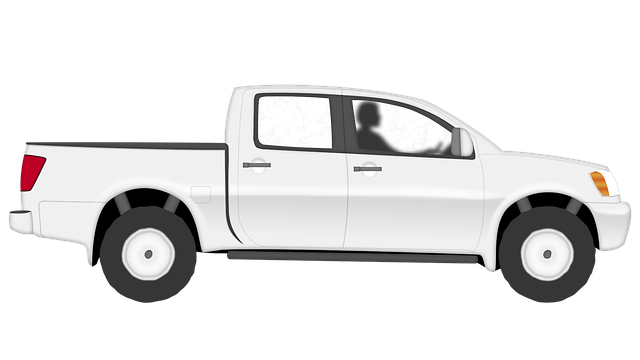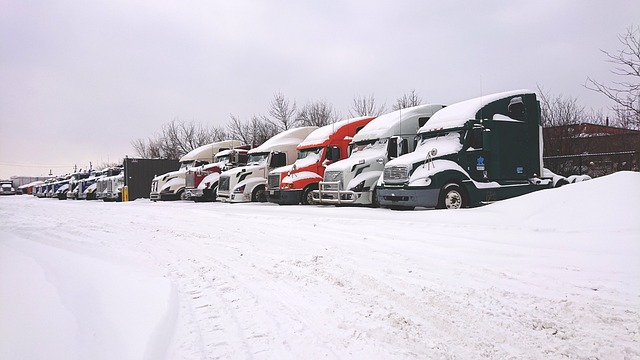In fleet management, understanding unique vehicle risks and needs is crucial. This includes focusing on collision coverage due to high usage rates and varied driving conditions, which can lead to significant financial losses from accidents and damage. Tailored policies are essential to prevent and mitigate these losses, considering diverse vehicle types and purposes. By assessing fleet characteristics, staying informed about regulations, and collaborating with insurance brokers, businesses can implement effective collision coverage tailored to their fleets' specific needs, ensuring optimal risk management.
In today’s dynamic business landscape, fleet vehicle management presents unique challenges. This article explores the crucial aspect of prioritizing policy customization to align with diverse fleet requirements. By understanding the specific risks and needs of your fleet, you can create tailored insurance solutions. Key focus areas include leveraging collision coverage as a cornerstone for customized policies and implementing effective strategies for optimal risk management. Dive into these insights to revolutionize your fleet’s risk mitigation approach.
Understanding Fleet Vehicle Risks and Unique Needs

In the realm of fleet management, understanding the risks and unique needs of your vehicle fleet is paramount. Fleet vehicles often face distinct challenges compared to traditional personal vehicles due to their high usage rates and diverse driving environments. One of the key considerations is collision coverage for fleets, as these incidents can have significant financial implications. High-mileage vehicles are more susceptible to accidents, leading to potential losses from damaged or totaled assets, liability claims, and interrupted business operations.
Moreover, fleet managers must account for the variety of vehicle types and purposes within their operation. Whether it’s cargo transport, passenger shuttling, or construction equipment, each vehicle class has its own set of risks. Customized policies that address these diverse needs are essential. Effective collision coverage for fleets should not only protect against physical damages but also consider specific operational requirements, ensuring that the policy is tailored to prevent and mitigate potential losses effectively.
The Role of Collision Coverage in Customized Policy Plans

Strategies for Effective Policy Customization

When prioritizing policy customization for fleet vehicles, a strategic approach is essential. Start by evaluating each unique aspect of your fleet, from vehicle types and ages to driver profiles and usage patterns. This involves gathering detailed data on daily mileage, driving zones, and typical routes, which will help identify specific risks and needs. For instance, a fleet specializing in long-haul transportation may require more comprehensive collision coverage for fleets to protect against potential high-risk scenarios.
Additionally, consider industry-specific regulations and evolving legal landscapes. Stay updated on changes in insurance requirements, such as those related to commercial auto policies, to ensure your coverage aligns with current standards. Engaging with experienced insurance brokers who specialize in fleet management can provide valuable insights and help tailor policies to mitigate risks effectively while staying within budgetary constraints.
Implementing and Monitoring Tailored Insurance Solutions for Optimal Risk Management

Implementing tailored insurance solutions is a strategic move for fleet managers aiming to optimize risk management. By offering collision coverage specifically designed for fleets, insurers can provide comprehensive protection that aligns with the unique needs of various vehicle types and operations. This approach ensures that risks associated with specific fleet scenarios, such as multi-vehicle accidents or cargo damage during transit, are adequately addressed.
Effective monitoring of these tailored policies is paramount. Fleet managers should collaborate closely with insurance providers to establish robust tracking mechanisms. These could include real-time data analytics, regular claims assessments, and periodic performance reviews. Such collaborative monitoring enables prompt identification of potential risks, allowing for swift adjustments to policies and coverage to maintain optimal risk management for the fleet.
Customizing insurance policies to align with fleet vehicle requirements is a strategic approach to risk management. By understanding the unique risks and needs of fleet vehicles, such as the essential role of collision coverage, insurers can create tailored solutions. Effective policy customization involves considering specific vehicle types, operational environments, and risk profiles. Once implemented, these tailored insurance solutions should be closely monitored to ensure they remain optimal for the evolving fleet landscape, ultimately enhancing safety and financial protection.
